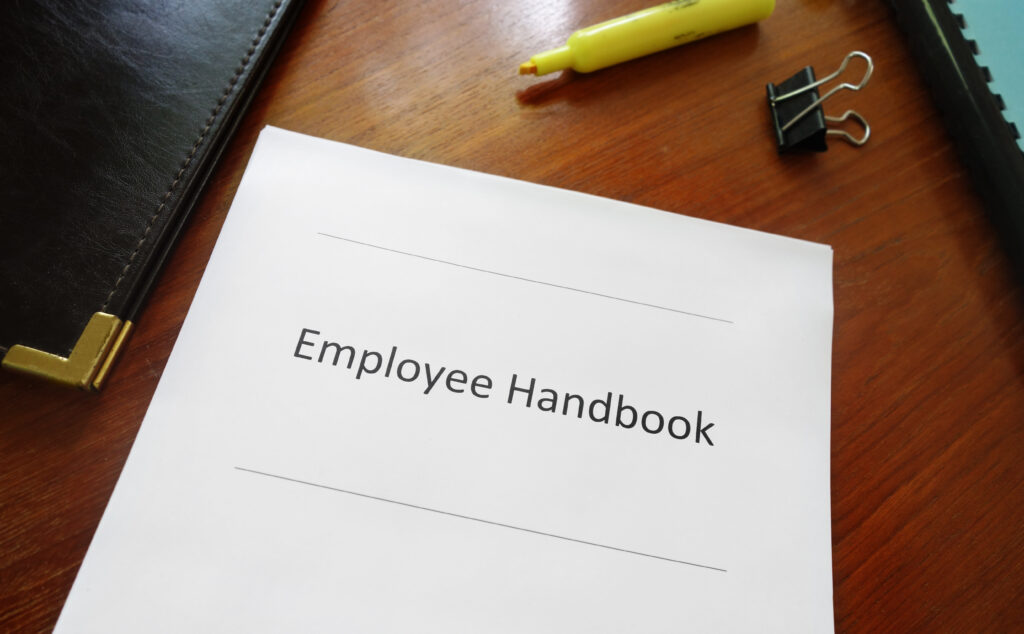
What to Do After Buying a Motorcycle
What To Do After Buying a Motorcycle After buying a new motorcycle, your inclination may be to begin riding right away. Although you may want
Dealing with an employment discrimination lawsuit can be a hefty blow to your business’ bottom line. Employment Practices Liability Insurance (EPLI) can help protect against claims related to harassment and workplace discrimination. In addition to getting appropriate EPLI coverage for your business, below are some other areas that your business can focus on to potentially lower your employment practices liability risk. You should note that many aspects of the employment (and even pre-employment) relationship are governed by a multitude of federal, state, and local laws, each with their own nuances and some of which may vary depending on your location. You should review applicable laws and consult with a qualified attorney or human resources professional before implementing or modifying policies.
An employee handbook is a key tool in setting employee expectations and in establishing relevant standards and procedures. Here is a non-exhaustive list of some things that you should consider including in your employee handbook:
Your handbook should be distributed to employees when they are hired, and also regularly throughout their employment to emphasize and remind employees about company procedures, inform them of updates or changes, and the like. If your company has an intranet, you can post the handbook there and update it as you make changes. Make a plan to review your handbook regularly as laws change, and consider consulting an attorney or third-party service to make sure you have compliant and up-to-date policies and procedures.

To clearly define expectations for performance and reviews, you should create a job description for each position. What should be in an employee job description? You should start by adding identifying information, such as a job title and supervisor name or title. Next, the job summary should clearly outline the primary functions of the job, and any required skills. The following section typically sets forth essential duties and responsibilities for the position.
When writing job descriptions, try shying away from general verbiage that does not set solid expectations. For example, instead of saying “The employee will fulfill orders often”, trying saying “The employee will fulfill orders at least twice a week.” You may also want to consider making it clear in the job description that not all required duties or responsibilities may be listed, and that different or additional job duties may be assigned from time to time by management.
When it comes to employment practices liability, employees are not the only risk. Applicants who are not hired can file a claim against your company. From the time you interview a new employee, your business could be at risk. You should review your written applications to be sure you are legally able to ask each question. Applications should include an equal opportunity statement, as well as an employment “at-will” statement. Training should be conducted with managers prior to interviewing applicants to understand what questions they can ask.

Your company should have a system in place to record employee issues as they surface. Documentation should be kept on file on what your company did to resolve those issues.
Performance reviews should be conducted at regular intervals and the results should be kept on file for each employee.
Policies and procedures that strongly and clearly prohibit harassment and discrimination can help support employees to come forward if they feel as though they are experiencing these issues. Clearly communicate your harassment and discrimination policies and have systems in place for how employees should report violations without fear of retribution. Your handbook should list examples of harassment and discrimination.
Your employees should be trained to identify harassment and discrimination. Some states have mandatory harassment and discrimination training requirements, so review your local laws to see what may be required. Your management staff should be well versed in your company’s procedures for documenting and promptly addressing complaints.

Your company should have discharge procedures in place and you should train the appropriate staff on how to administer them. If you feel the circumstances around the discharge are more complicated, you should consider consulting legal counsel before taking action.
While your company should make an effort to manage their employment practices liability risk, a claim can arise at businesses of all sizes. An EPLI policy typically provides coverage for defense costs and damages for certain types of employment related claims (such as harassment, discrimination, failure to hire/promote, and wrongful discharge). In today’s litigious landscape, employers should have coverage in place before a claim arises.
Lowering your employment practices liability risk can seem challenging, given the constantly changing legal landscape. A solid, frequently updated employee handbook with the appropriate policies can be key to communicating expectations for your team. If and when employee issues arise, train your staff to document facts on what your company did to investigate and resolve the issues. Employees are not the only risk when it comes to employment practices liability. Job applicants, even if they are not hired, can file a claim against your company. Your written applications should be carefully reviewed, as well as your hiring process, to see if you can ask each question. If you do not already have policies in place that prohibit harassment and discrimination and provide a reporting procedure, putting one in place and communicating it can empower employees to come forward if they feel they are experiencing these issues.
In addition to these ideas, having appropriate EPLI coverage in place for your business can help protect against claims such as, but not limited to, discrimination, wrongful termination, and harassment. You should review your policy with an agent to determine what is covered, and if you should consider any endorsements, such as wage and hour coverage.
___________________________________________________________________
This article is for general informational purposes only and is not to be relied upon or used for any particular purpose. Cross Insurance shall not be held responsible in any way for, and specifically disclaims any liability arising out of or in any way connected to, reliance on or use of any of the information contained in this article. The information contained or referenced in this article is not intended to constitute and should not be considered legal, insurance, accounting or other professional advice, nor shall it serve as a substitute for the recipient obtaining such advice. The views expressed in this article are that of its author and do not necessarily represent the views of Cross Financial Corp. and its subsidiaries and affiliates (“Cross Insurance”) or Cross Insurance’s management or shareholders.

What To Do After Buying a Motorcycle After buying a new motorcycle, your inclination may be to begin riding right away. Although you may want

New Hampshire Homeowners Insurance How to Get Insurance Quotes for Your Home in NH When it comes to selecting an insurance policy for your New

What to Do After Buying an Existing Business The time period after buying a business can be both exciting and stressful. Making an investment into